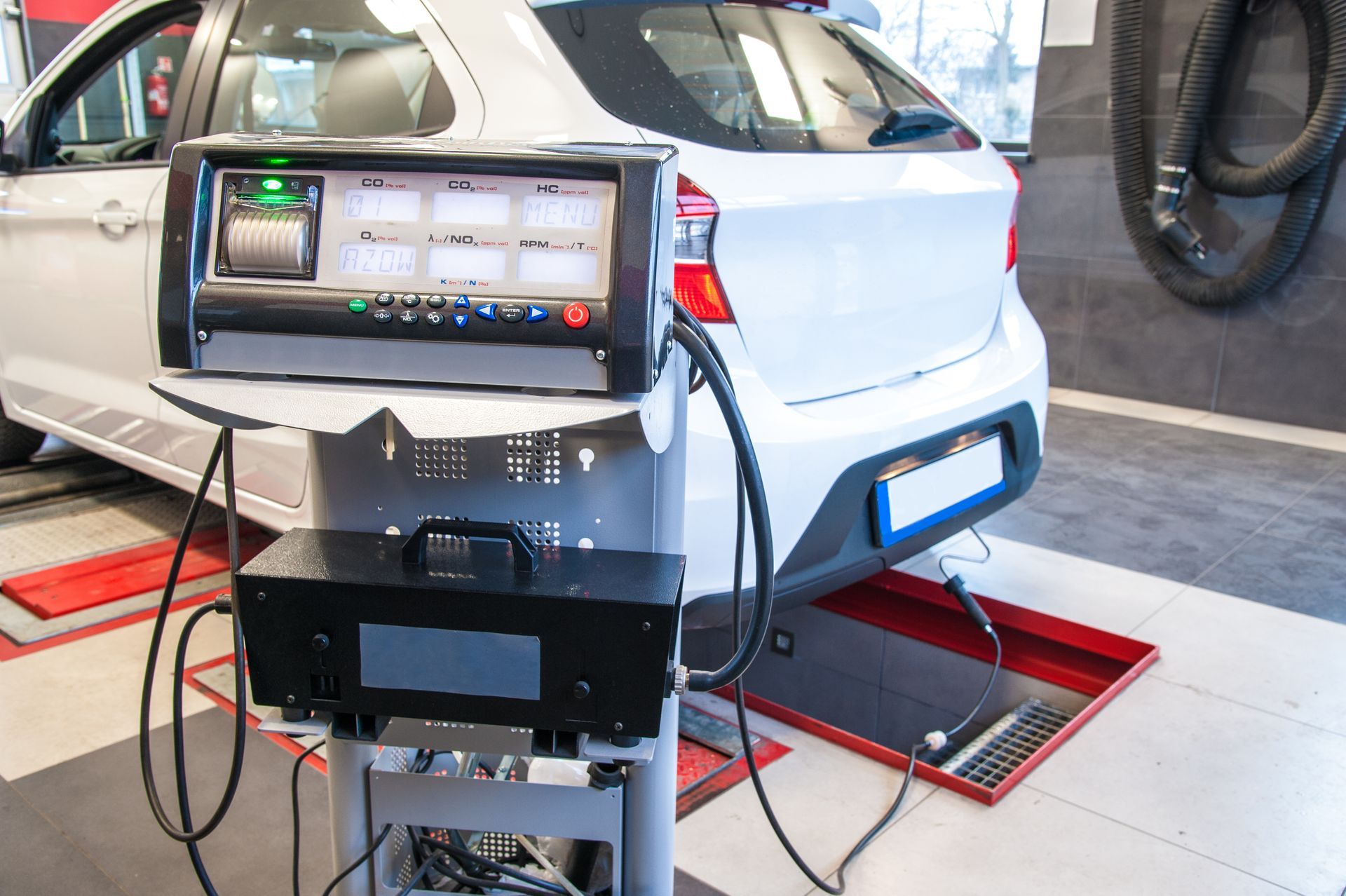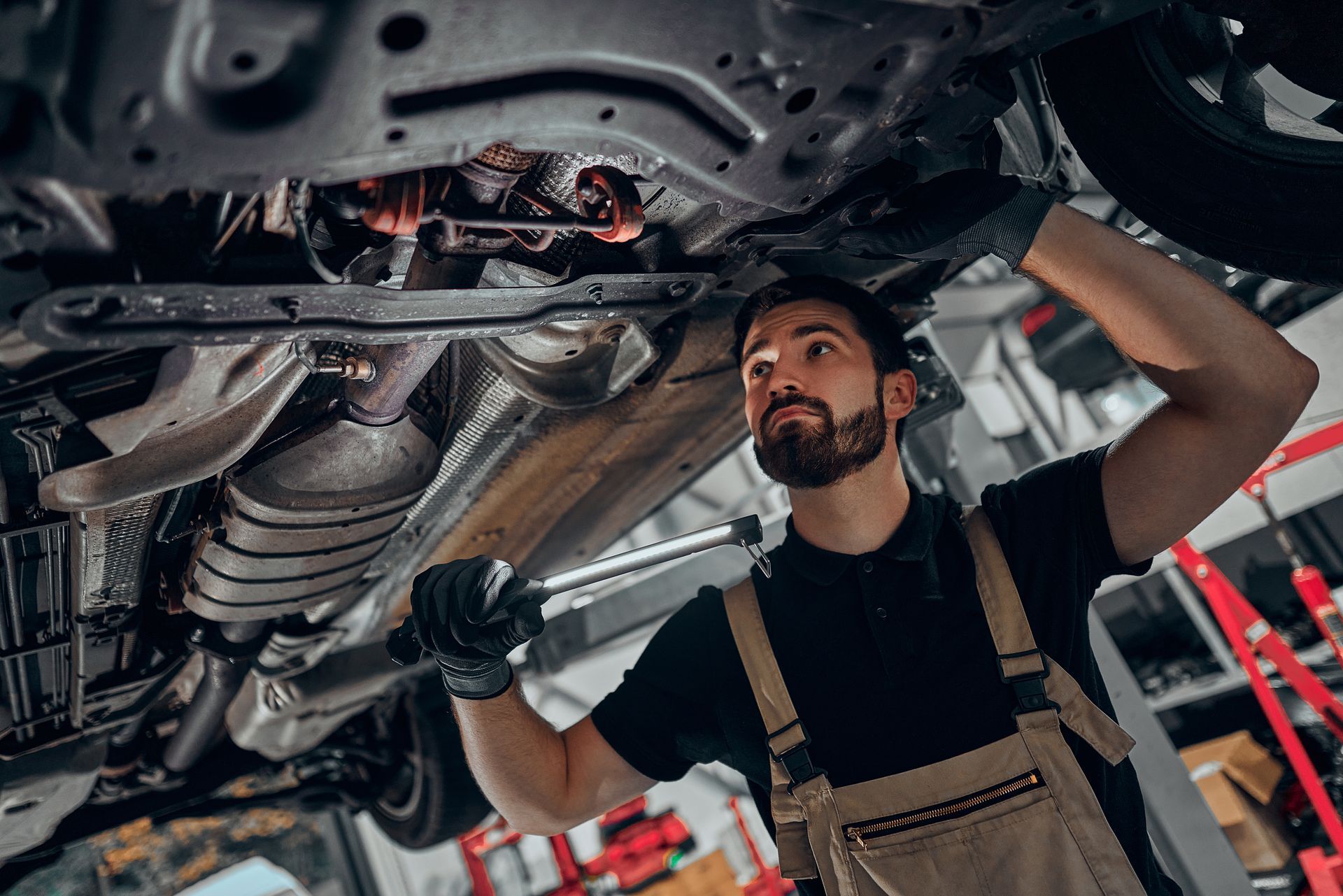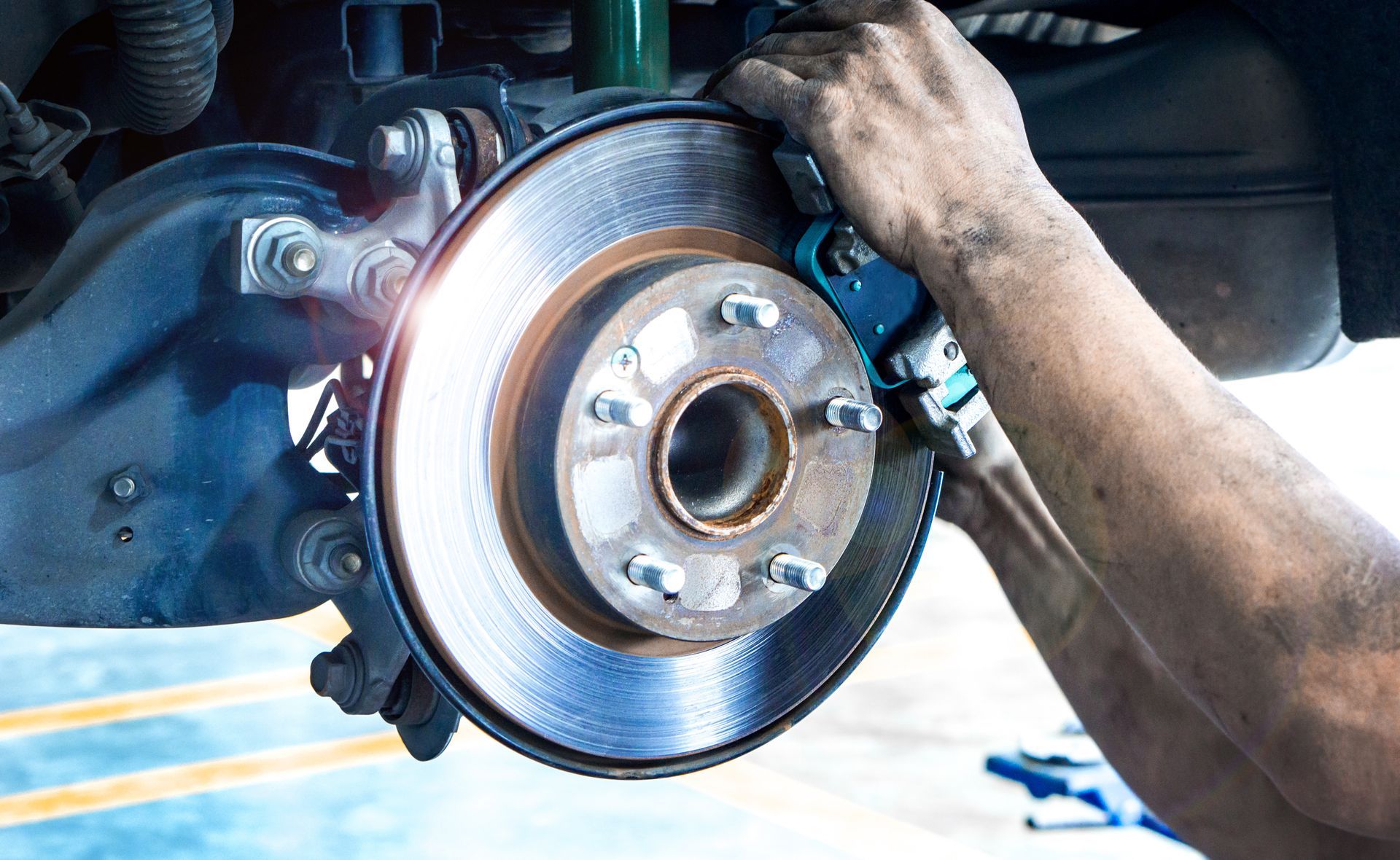Loading ...
Missing business hours data / Error occurred while getting the data.
Loading ...
Missing business hours data / Error occurred while getting the data.
What’s the Difference Between ABS, Traction Control, and Stability Control?
March 28, 2025
Modern vehicles are equipped with a range of safety systems designed to prevent skidding, improve traction, and enhance overall stability. Three of the most critical systems—Anti-lock Braking System (ABS), Traction Control System (TCS), and Electronic Stability Control (ESC)—work together to help drivers stay in control, especially in slippery or emergency situations. While these features often work seamlessly in the background, understanding how they function and when they activate can give you a better appreciation of your car’s safety technology. What sets each system apart, and how do they work together to keep you safe?
What Is ABS and How Does It Work
Anti-lock Braking System (ABS) is designed to prevent the wheels from locking up during hard braking. Without ABS, slamming on the brakes can cause the tires to skid, which reduces steering control and increases stopping distances.
ABS uses wheel speed sensors to detect when a wheel is about to lock up. When this happens, the system automatically pulses the brakes several times per second, allowing the tires to maintain grip while still slowing the vehicle.
When Does ABS Activate
ABS typically kicks in during emergency braking situations where the driver presses the brake pedal hard, such as:
- Stopping quickly on wet or icy roads
- Avoiding a sudden obstacle or collision
- Hard braking at high speeds
When ABS engages, you may feel a pulsating sensation in the brake pedal—this is normal and means the system is working.
What Is Traction Control and How Does It Work
Traction Control System (TCS) helps prevent wheel spin when accelerating on slippery surfaces like wet roads, gravel, or snow. If one or more wheels lose traction, TCS automatically reduces engine power or applies braking force to restore grip.
When Does Traction Control Activate
Traction control comes into play when a vehicle loses traction while accelerating, such as:
- Driving on icy, snowy, or wet roads
- Taking off from a stop on a steep hill
- Driving over loose dirt, gravel, or sand
Most cars allow traction control to be turned off manually, which can be helpful in deep snow or mud where some wheel spin is needed to keep the vehicle moving.
What Is Stability Control and How Does It Work
Electronic Stability Control (ESC) is an advanced system that helps prevent skidding and loss of control during turns or sudden maneuvers. While ABS prevents wheel lockup and TCS helps maintain grip when accelerating, ESC goes a step further by correcting understeer and oversteer.
ESC works by monitoring steering input, wheel speed, and vehicle movement. If it detects that the car is veering off its intended path, it automatically applies selective braking to individual wheels and reduces engine power to regain stability.
When Does Stability Control Activate
ESC engages when the system detects a loss of control, such as:
- Oversteering or understeering in a turn
- Swerving to avoid an obstacle
- Losing grip on a wet or icy curve
Stability control is always active in modern vehicles, though some performance cars allow it to be turned off for track driving.
How These Systems Help in Everyday Driving
These safety systems keep your vehicle under control, but they work best together. While ABS improves braking performance, traction control helps you get moving on slick roads, and stability control prevents dangerous skids that could lead to accidents.
If any of these systems fail or the warning light stays on, it’s essential to have them inspected as soon as possible to ensure your vehicle remains safe to drive.
Keep Your Safety Systems in Top Condition at Auto Tech Specialists Service Center
Your braking, traction, and stability control systems are designed to work automatically, but they require proper maintenance to function correctly. If your ABS, traction control, or stability control light is on, or if your vehicle is struggling in slippery conditions, visit us for a full inspection and expert repairs.
Stay safe on the road with a properly working braking and traction system. Stop by
Auto Tech Specialists Service Center for expert maintenance and service.
Loading ...
Missing business hours data / Error occurred while getting the data.
Loading ...
Missing nap lines data / Error occured while getting the data.






